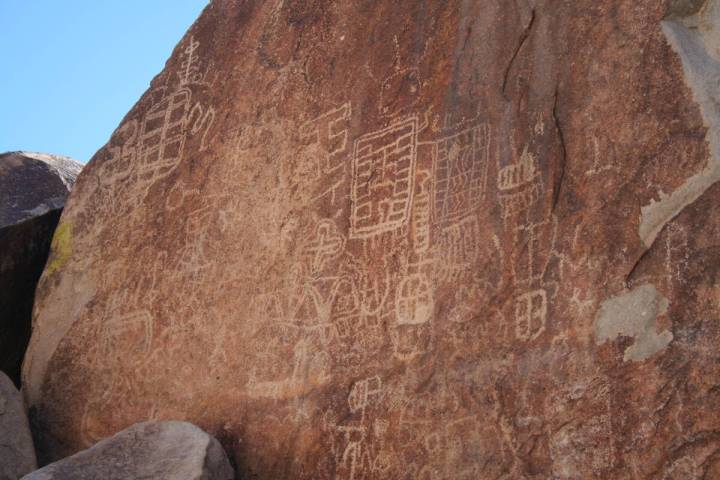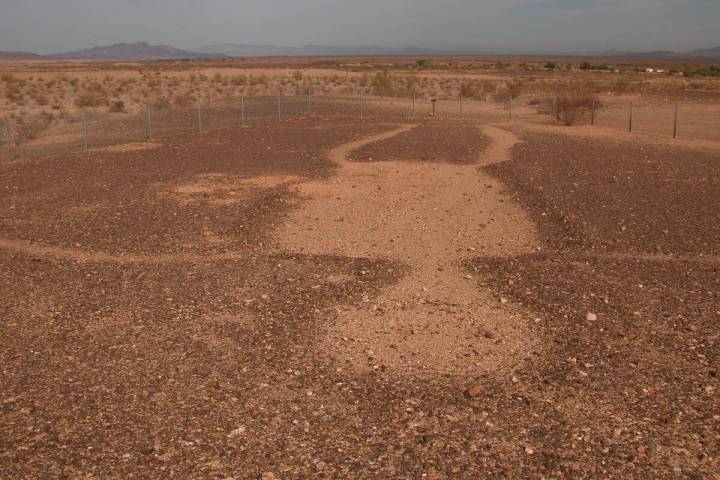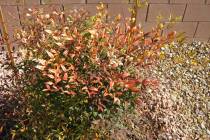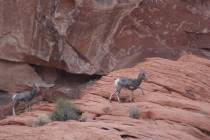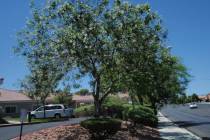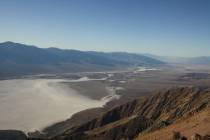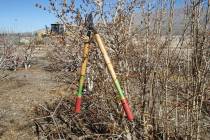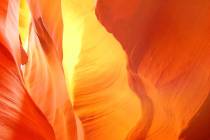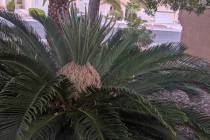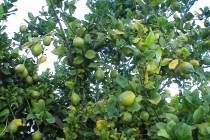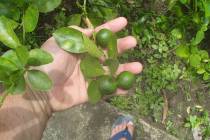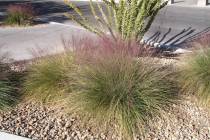A major key when converting to lower water use is to use as few plants of a larger size as possible. The fewer plants you use and still accomplish your goals, the better.
Local Columns
Grapevine Canyon is one of the finest petroglyph sites in Southern Nevada. It is also one of the easiest to visit on a day trip.
Some composts are rich and full of nutrients. Other times they are not so rich, and the addition of a fertilizer might be needed.
The Blythe Intaglios are so large that they were not noticeable to non-Indigenous people until 1932. That year, pilot George Palmer spotted them while flying from Las Vegas to Blythe, California.
There is some discussion in academic circles whether crops grown in vertical farms aimed at feeding the world should be the higher-value horticultural crops or staple crops like multiple crops of wheat but with 70- to 80-day turnovers.
The trick to applying chemicals like copper, boron and chlorides is to do it far enough from your raised bed so that the roots from these vegetables won’t be harmed.
Southern Nevada’s favorable fall weather translates into good times in outdoor spaces that have fire in their names.
Nonfunctional lawns aren’t used for anything except beauty or aesthetics in a landscape. The use of grass lawns speaks to a lack of creativity and underappreciation of where we live.
From sandy walks to scenic drives, how to pack the most into your Death Valley day trip.
The best time to plant winter-hardy trees and shrubs is during the fall, from around the end of September through mid-November.
Arizona’s Upper and Lower Antelope canyons offer easy access to dramatic rockscapes
The cycad, aka sago palm, is considered an ancient representative of its kind and has changed very little over the millennia. It is, like pine trees, a true gymnosperms.
Lemons usually don’t ripen until about December. Ripening means the sugar content increases as they reach maturity. December and January are the usual times we see citrus damaged by vermin.
For the most part, limes are harvested green. When limes are harvested too late, they are yellowish, pithy and no longer juicy and light in weight.
Kurapia has worked well in covering highway and freeway shoulders, rooftops, public utility areas, commercial properties and solar farm landscapes. But not much is known how it performs in a desert climate.




